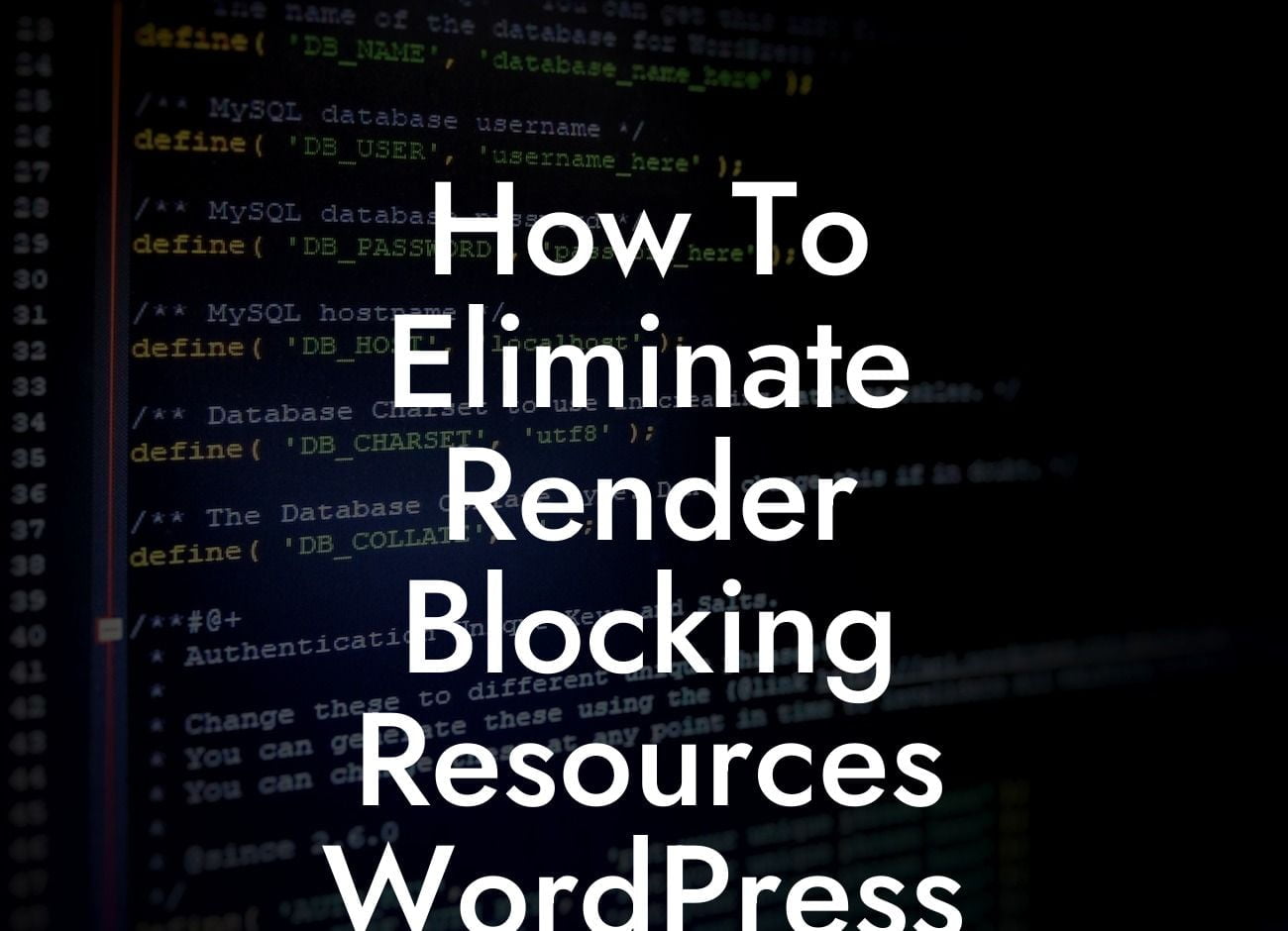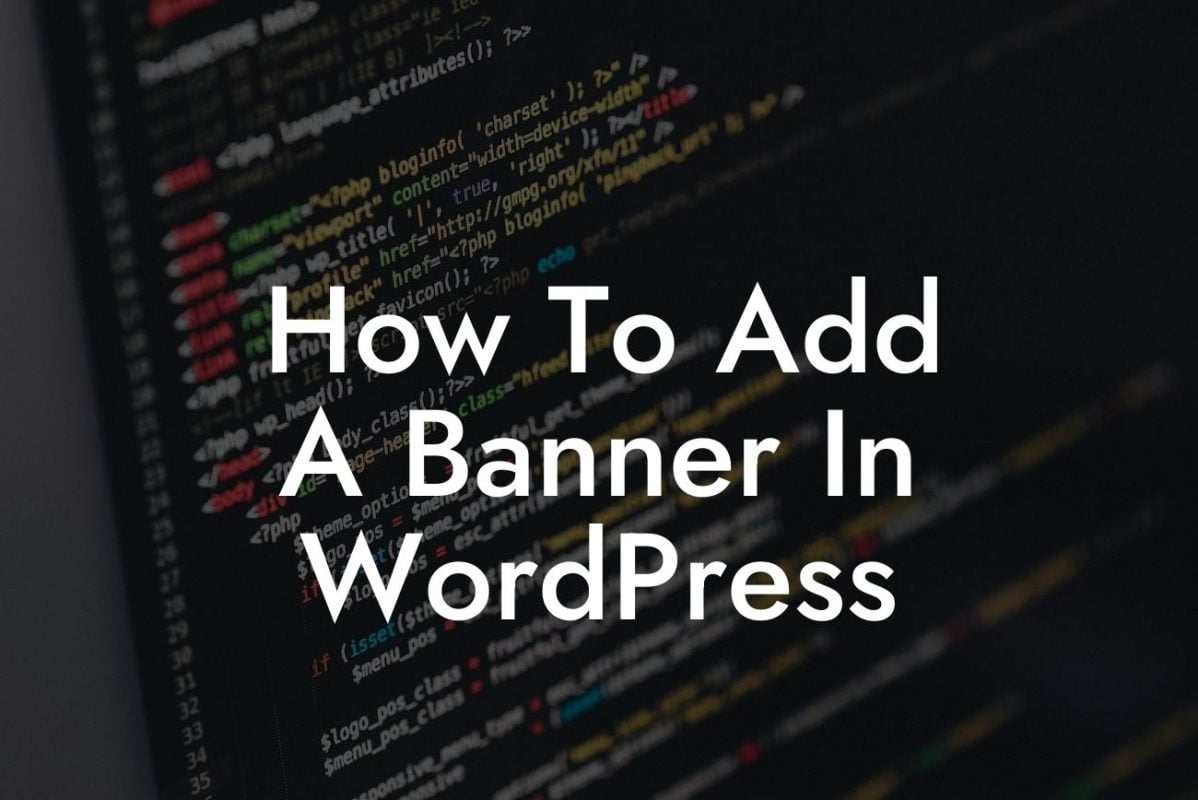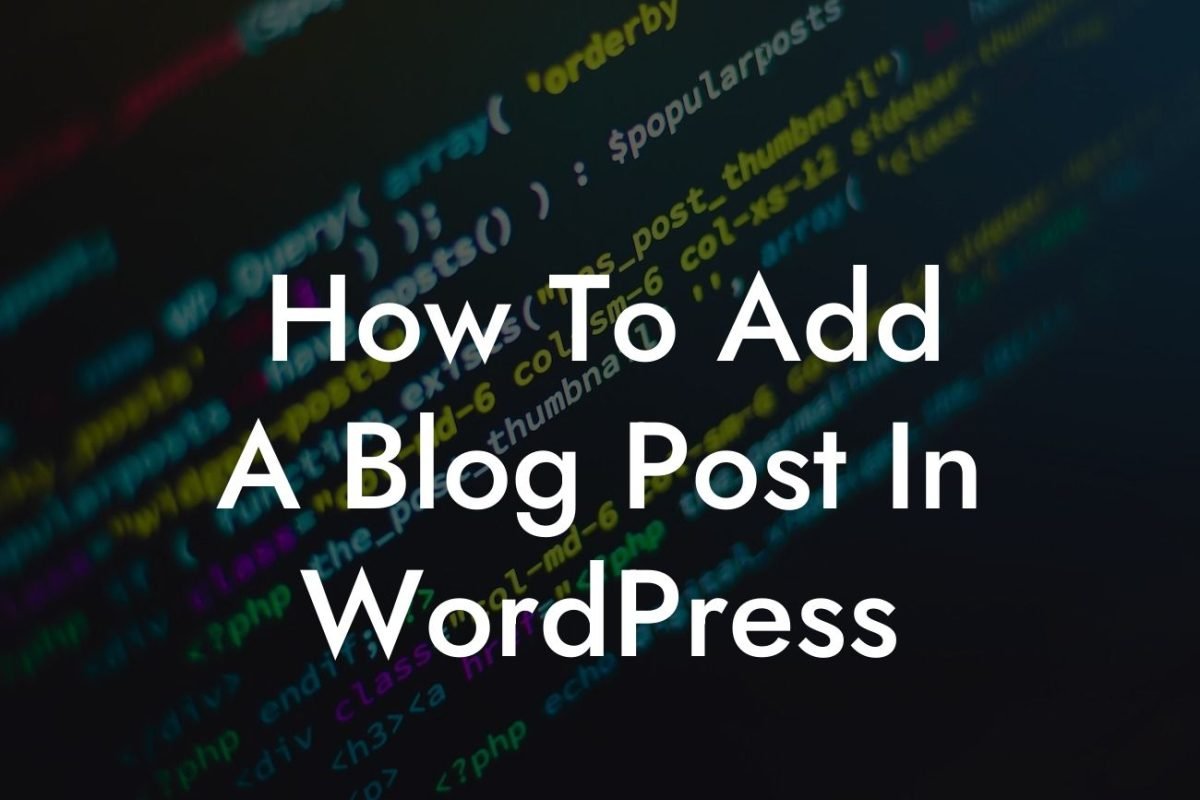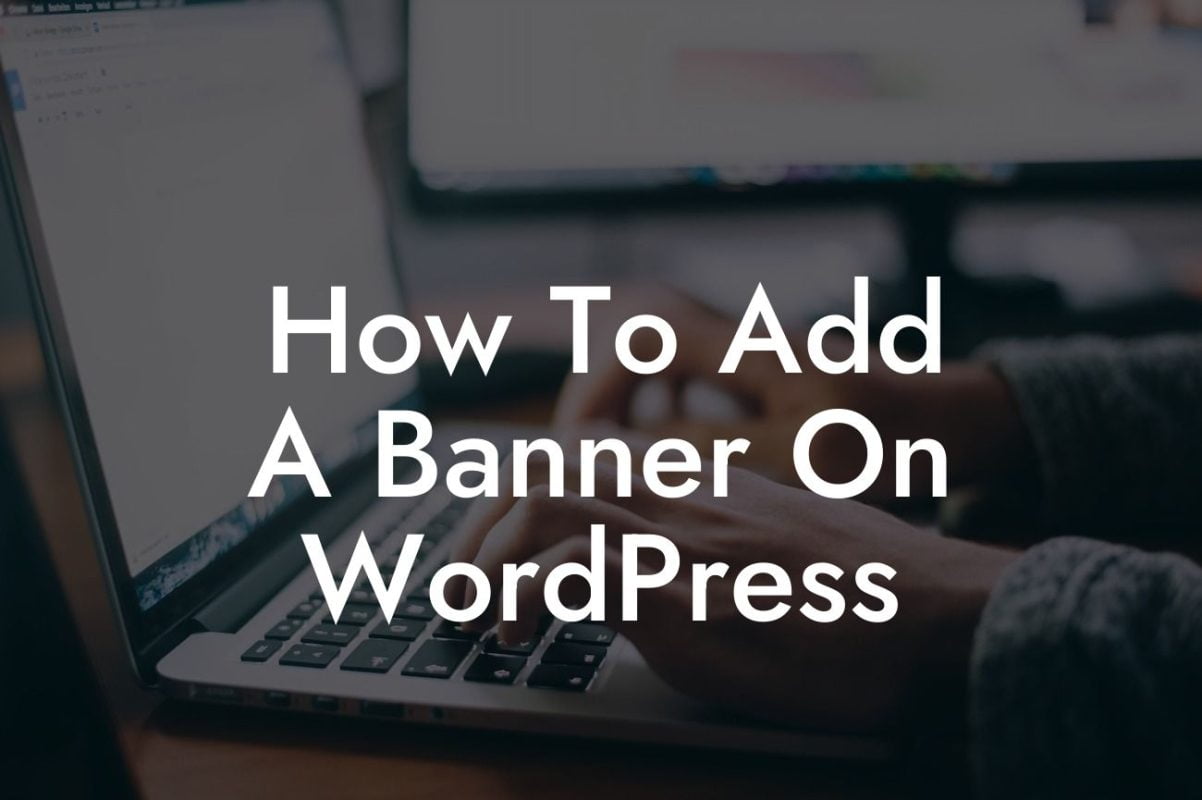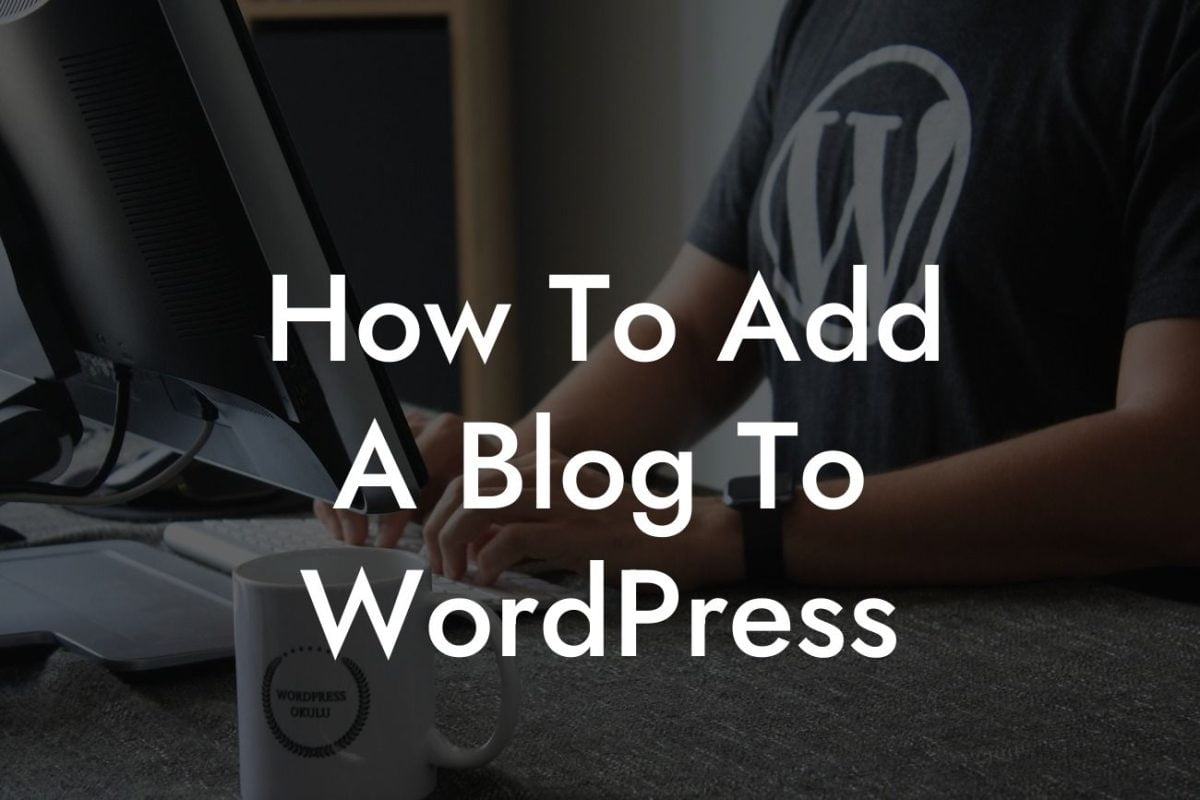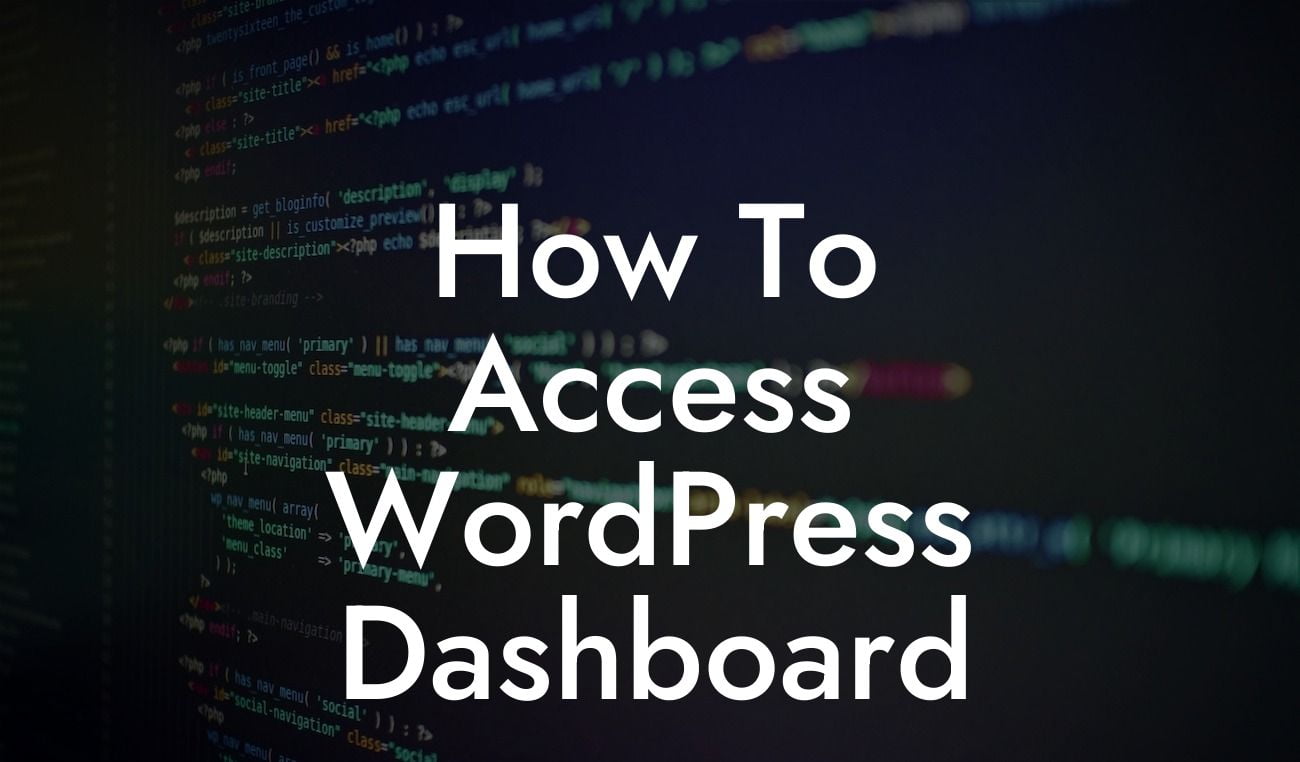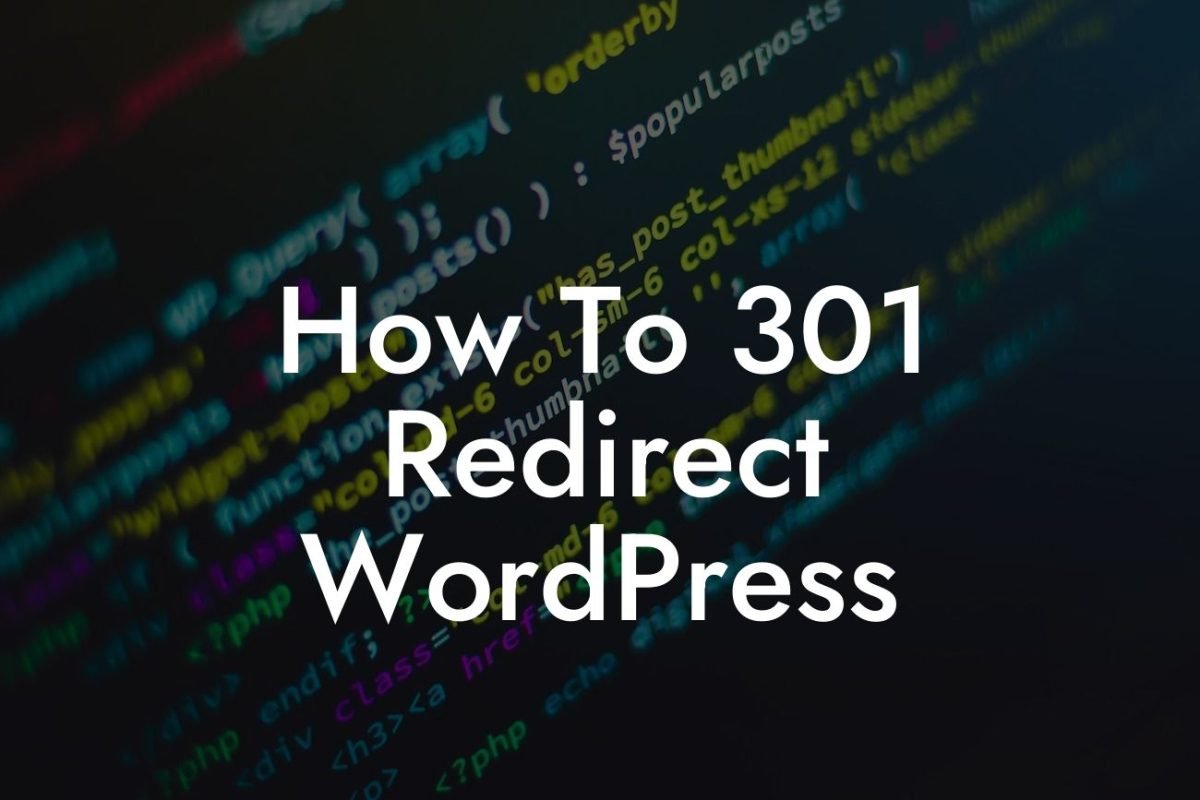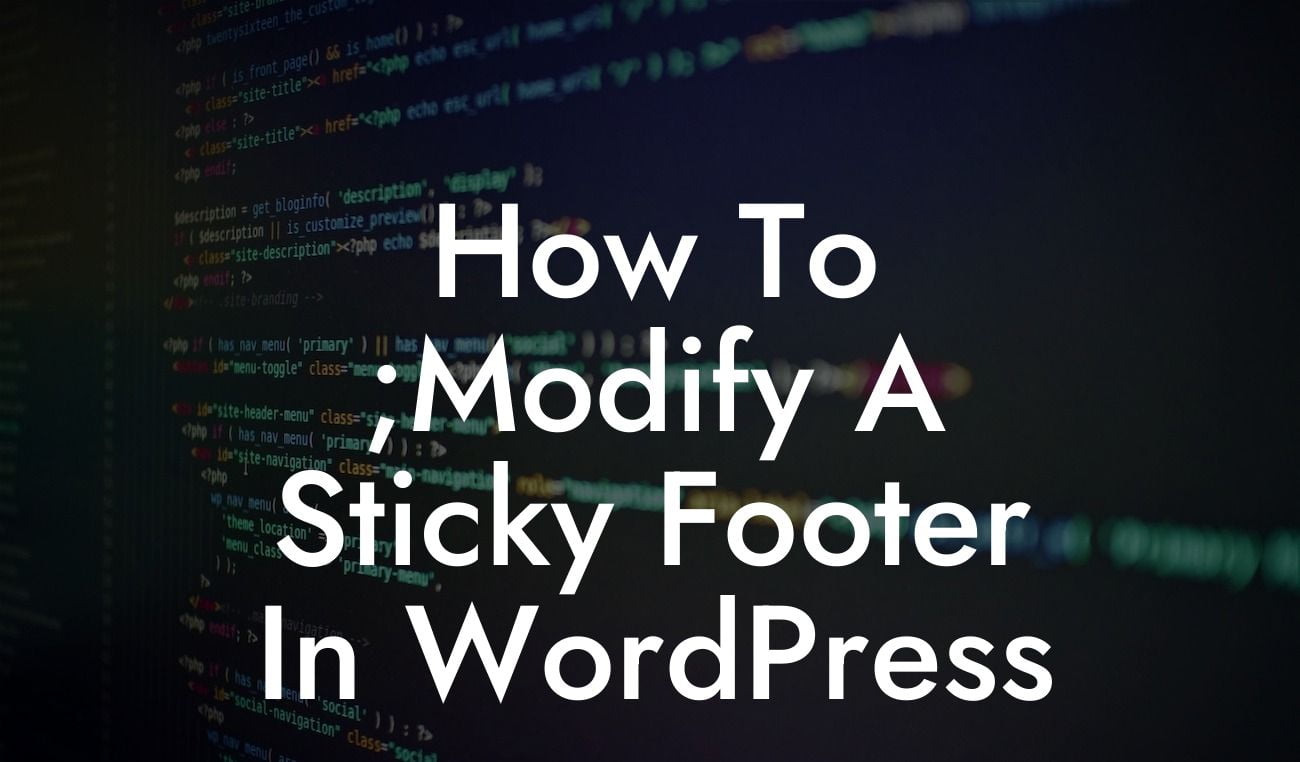Having a fast-loading website is crucial for attracting and retaining visitors. One common issue that can slow down your WordPress website is render-blocking resources. These resources, such as CSS and JavaScript files, can prevent your page from loading quickly, resulting in a poor user experience. In this guide, we will delve into strategies on how to eliminate render-blocking resources in WordPress, ensuring that your website performs optimally.
1. Understanding Render-Blocking Resources:
Render-blocking resources are files that prevent the browser from rendering the page until they are downloaded and processed. These resources typically include CSS and JavaScript files that are necessary for the proper appearance and functionality of your website. However, if these files are not optimized, they can significantly affect your website's loading speed.
To identify render-blocking resources, you can use tools like Google PageSpeed Insights or GTmetrix. These tools will analyze your website and provide a list of resources that are causing delays.
2. Minimize and Combine CSS Files:
Looking For a Custom QuickBook Integration?
One effective way to eliminate render-blocking resources is to minimize and combine CSS files. By minimizing CSS files, you can remove unnecessary code and reduce file size. Combining multiple CSS files into a single file can also help reduce the number of render-blocking resources.
To minimize CSS files, you can use plugins like Autoptimize or WP Rocket. These plugins will optimize your CSS by removing unused code and compressing the files. Additionally, you can manually combine CSS files by copying the contents of each file into a single file and updating the references in your theme files.
3. Optimize JavaScript Files:
Similar to CSS files, optimizing JavaScript files can help eliminate render-blocking resources. Start by minifying your JavaScript files, which involves removing unnecessary characters and whitespace. This reduces file size and improves loading speed. Popular plugins like Autoptimize and W3 Total Cache offer minification options for JavaScript files.
Furthermore, consider loading JavaScript files asynchronously. By using the "async" attribute in your script tags, you can allow the browser to continue rendering the page while the JavaScript file is loading. However, be cautious when implementing this technique, as it may affect the functionality of some scripts that rely on specific load orders.
4. Lazy Loading Images and Videos:
Images and videos can significantly impact the loading speed of your website. By implementing lazy loading, you can delay the loading of off-screen images and videos until the user scrolls to them. This technique can reduce the initial render-blocking resources and improve the overall performance of your website.
There are various plugins available, such as Lazy Load by WP Rocket, that can help you implement lazy loading on your WordPress site. These plugins automatically handle the necessary optimizations, allowing your website to load progressively.
How To Eliminate Render Blocking Resources Wordpress Example:
Let's say you have a WordPress website for your small business that includes multiple CSS and JavaScript files. Upon analyzing your website using Google PageSpeed Insights, you discover that some of these resources are labeled as render-blocking, impacting your site's performance. To address this issue, you decide to use the WP Rocket plugin to minimize and combine CSS files. Additionally, you enable JavaScript minification and asynchronous loading using the plugin's features. As a result, your website now loads faster, providing an improved user experience.
By following the strategies outlined in this guide, you can effectively eliminate render-blocking resources in WordPress and optimize your website's performance. Take advantage of DamnWoo's guides, explore our exceptional plugins for small businesses and entrepreneurs, and supercharge your online presence. Don't forget to share this article and leverage the power of optimized websites!

